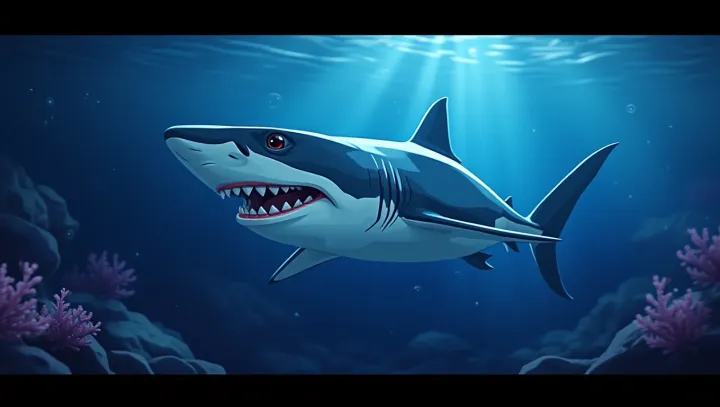Is the Ocean Safe? Discover Toxic Marine Creatures

In the serene coastal waters of Panama, beachgoers and marine life enthusiasts find themselves increasingly wary as toxic marine animals are becoming more prevalent. This alarming trend is drawing the attention of environmentalists and marine biologists, who emphasize the critical examination of these species and their impacts. Dr.
Rachel Allen, a renowned marine biologist specializing in toxic marine fauna, has been closely studying the phenomenon. According to Dr. Allen, global warming is significantly affecting marine ecosystems, leading to a rise in the number of venomous and potentially dangerous marine animals.
Her research indicates that warmer seas contribute to more frequent human encounters with poisonous species, raising concerns about beach safety and wider ecological impacts. With the soaring global temperatures, species such as the venomous Portuguese man o' war and the lethal box jellyfish are thriving and expanding their habitats. These creatures, often mistaken for harmless jellyfish, pack a severe sting that can be fatal to humans.
As these species flourish, the likelihood of human contact increases, posing a substantial risk to swimmers and local marine biodiversity. Local authorities and environmental groups are working together to educate the public about these dangerous marine animals and promote awareness on how to identify and avoid them. The initiatives include installing information boards along beaches and conducting workshops for both tourists and locals.
The need for cooperation between scientists and policymakers is critical to preserving marine environments and ensuring the safety of those who venture into the ocean's embrace.
